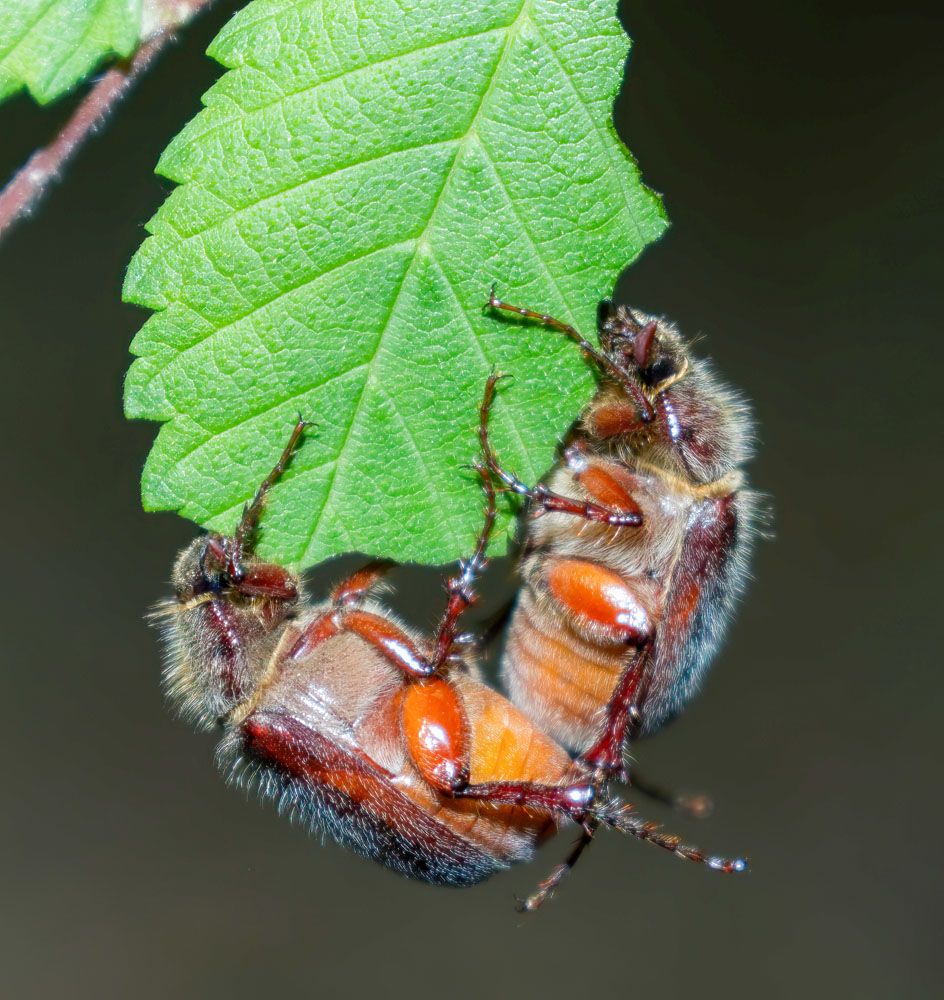
May Beetles – June Beetles – Phyllophaga spp.
May/June Beetles (Phyllophaga spp.)
Common Name: May/June Beetles
Latin Name: Phyllophaga spp.
Appearance:
- Adult May/June beetles are 12 to 1 inch long and range in color from reddish-brown to nearly black. In late May and early June, adults are active after dusk.
- Beetles are active in early June and are drawn to lights at night. These clumsy flyers frequently clash with windows and stick to screens.
- Immature May/June beetles (also known as “white grubs”) have cream-colored bodies with a reddish-brown head and three pairs of legs.
- Grubs may grow up to 114 inches long and dwell in the earth, chewing on plant roots with their powerful mandibles (mouth parts).
